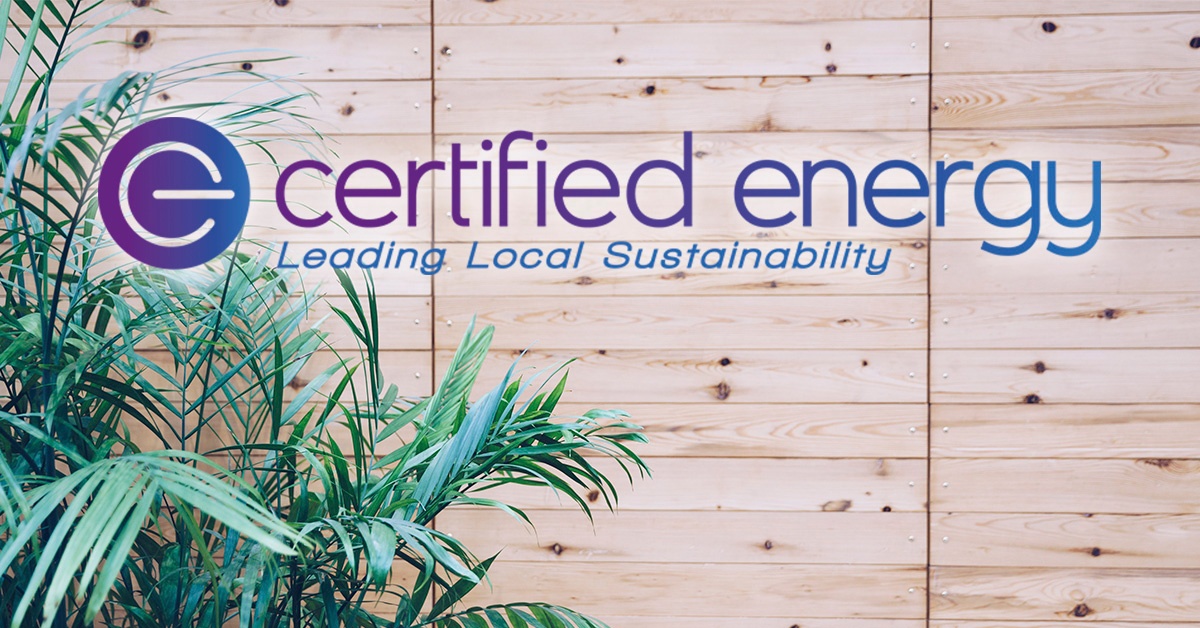Improving required sustainability targets is essential with the ever evolving field of ESD. As new innovations emerge and more cost effective and ecological beneficial methods become more common place, adding these to exiting rating systems is essential. As seen with the proposed improvements to BASIX set for 2017.
These changes are set in order to make targets which are “more in line with national standards”, making a process that is “fair for all” and attempt to future proof buildings and infrastructure for a changing climate. These new targets encompass water, thermal comfort and energy.
One of the major considerations when designing is attempting to reduce water consumption. The new targets are increasing between BASIX 20 and BASIX 50 depending on region and the type of development. These include a 10% increase for detached houses, attached houses and low-rise buildings and an increase of 5% for mid-rise buildings. However, there will be no changes to water targets for high-rise buildings in coastal locations.
Thermal comfort is always a key consideration when designing. Therefore, the caps for heating and cooling are proposing an increase of one star under NatHERS. This is the same as moving from a 5.5 to a 6 star BASIX thermal rating.
Decreasing energy consumption is a key focus in many fields. Energy targets in the new scheme would increase between BASIX 10 and BASIX 50 depending on region and development type. The target increase will increase an additional 10% for a detached, attached and low-rise buildings and a 5% increase for mid and high rise buildings.
To read more about BASIX, click here
References:
BASIX, (2017). 2017 BASIX Targets Changes. 1st ed. [ebook] Planning and Environment. Available at: https://www.basix.nsw.gov.au/iframe/images/4050pdfs/BASIX_Target_changes_FAQ.pdf [Accessed 4 Apr. 2017].






